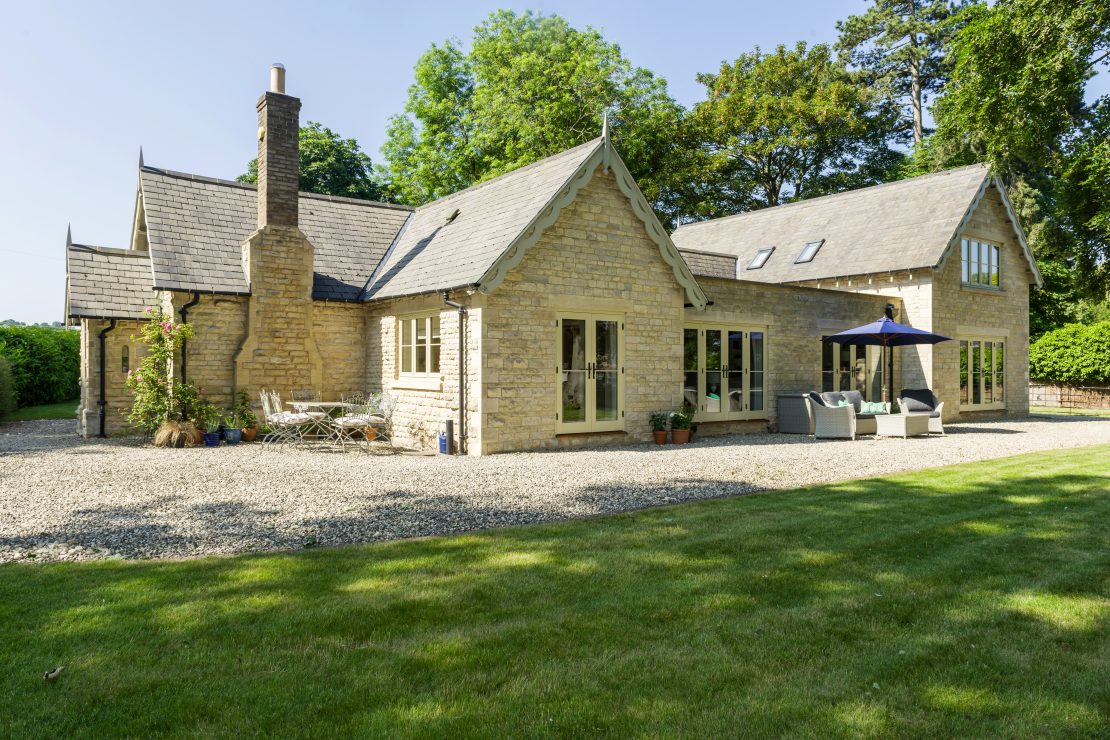December 8, 2017
Double glazing has become very common, recent research shows that the proportion of homes in the UK with some level of double glazing is approximately 93%. However, this has not been the case for long. In 1970 the figures were both less than 10%, with only 8% of UK homes having any form of double glazing.
Where, and when did it all begin?
Contrary to popular belief, double glazing was not invented in the US, but actually here in the UK, back in Victorian Times. Although admittedly, it did take a US inventor to develop the Victorian methods into the phenomenon we now know as double glazing.
Scotland, 1800s
Harsh Scottish winters led to extremely cold houses, and as there were more rooms to heat, the bigger the house, the colder the indoor temperature. Hence the need for a solution and the Scots developed the concept of double glazing.
US 1930s
In the 1930s a U.S. inventor by the name of Haven, moved the technology on and invented the ‘Thermopane’. The Thermopane grew in popularity in the 1940s and 1950s, and soon epitomised sophistication, and luxury for a period of economic boom in the United States.
UK 1960
Thousands of new homes were starting to be developed back in the 1960s, these included tower blocks and other poorly insulated buildings, which the British public struggled to heat. Single glazed windows helped to keep the wind out, but also caused many other problems such as mould and condensation.
The issues with mould and condensation
The health implications that mould causes can be quite severe. Being exposed to mould for long periods, not only causes issues such as asthma, allergies, eye, nose and throat irritation, sinus issues, respiratory problems, but more serious respiratory infections including, bronchitis.
Condensation, if not dealt with can lead to dripping, damp, and also the breaking down of the plaster.
1965
In 1965 things started to change. The British Government took the decision to start future proofing homes and setting legislation to protect the people living in them. New rules were set and backed by the national building regulations. Encouraging builders to invest in energy saving technology, and materials was one of the rules introduced to help cut costs.
1970s
Although homes in the US had been enjoying the benefits of double glazing since the 1940s, it wasn’t until the 70s that the UK started to catch up with the double-glazing craze from over the pond though. Whereas previous high costs, and a lack of incentive due to relaxed building codes had put many off, the arrival of cheaper materials saw an increase in popularity. Coupled with the need for the UK to rethink its oil supply during the ‘Energy Crisis’ and our dependency on foreign suppliers, we soon became willing to embark on a double-glazing boom and have never looked back.
1980s
Double glazing really started to take off in the 1980s and homes started to benefit from improved thermal efficiency, due to sealed and airtight units for both windows and doors.
1990s
By the 1990s, double glazing in homes had increased from just 16% in the 1970s to over 60%. 6 out of 10 homes were now not only warmer, but safer thanks to double glazed units being fitted.
Benefits of Double Glazing
The advances in double glazing manufacturing methods since the beginning of their life cycle have increased their usefulness. The benefits of double glazing don’t just cover heat and warmth, but include other extremely beneficial aspects;
• Warmth
• Insulation
• Noise Reduction
• Security
• Energy Efficiency
• Cost saving
• Longevity
Today
Due to these many benefits, double glazing has overtaken its single glazed counterpart and can be found in more homes than not.
In addition to the above benefits, the production and manufacturing techniques are constantly advancing and processes to enable individual design requirements and aspects to be factored in. No longer are home owners stuck with traditional white frames, at George Barnsdale we are able to manufacture frames of any colour and request.
Products can be customised to fit with the rest of the house, we can provide dual colours, with a different colour inside to out and to match any existing RAL, Natural Colour System or British Standard colour reference.
The Future
Sympathetic designs and manufacturing, enables the homeowner to replicate the look and feel of their home, whether their design is traditional, historic or contemporary.
With the need for better designs and performance standards continually improving, the popularity of double glazing is not looking like dropping for some time yet.
At George Barnsdale, we are already manufacturing triple glazed windows, so who knows what the future could hold in store.
The Stats
The popularity of double glazing has continued to rise over recent years. Homes with at least 80% of their rooms double glazed has grown to 83% from just 9%, since official records began in 1983. In the same time, the UK has managed to reduce energy use within this period.




















